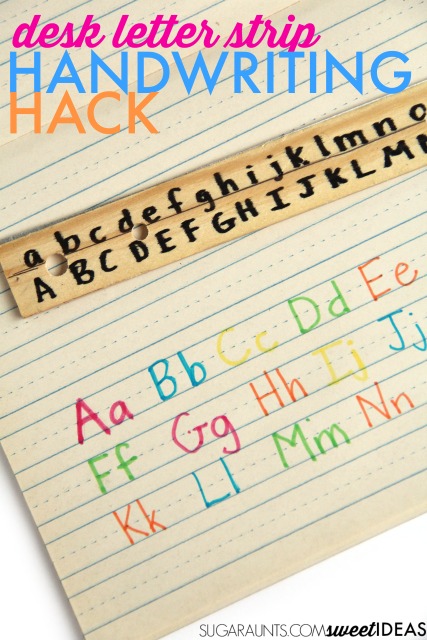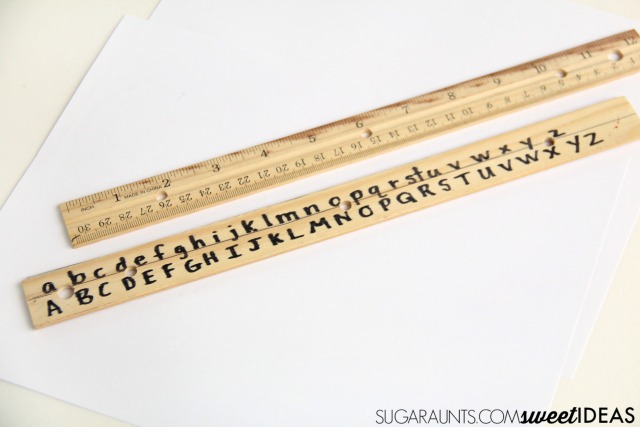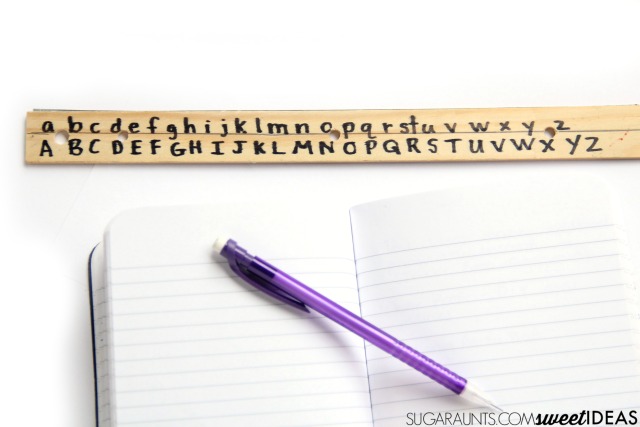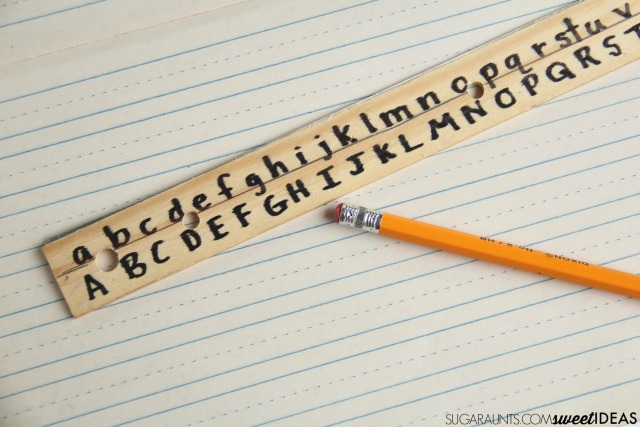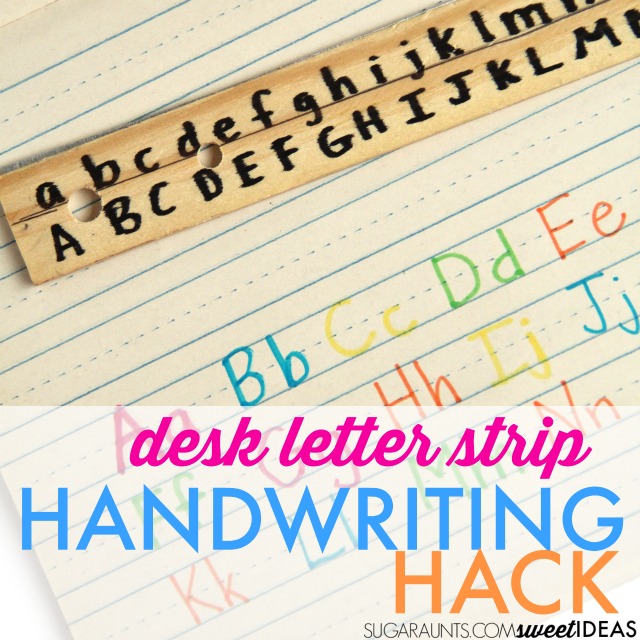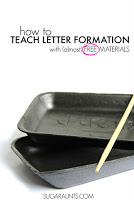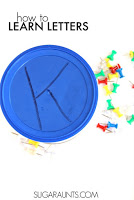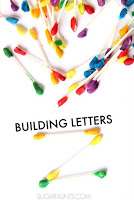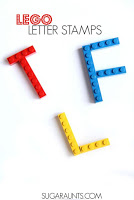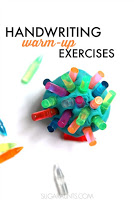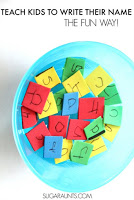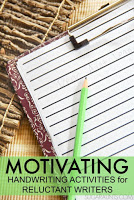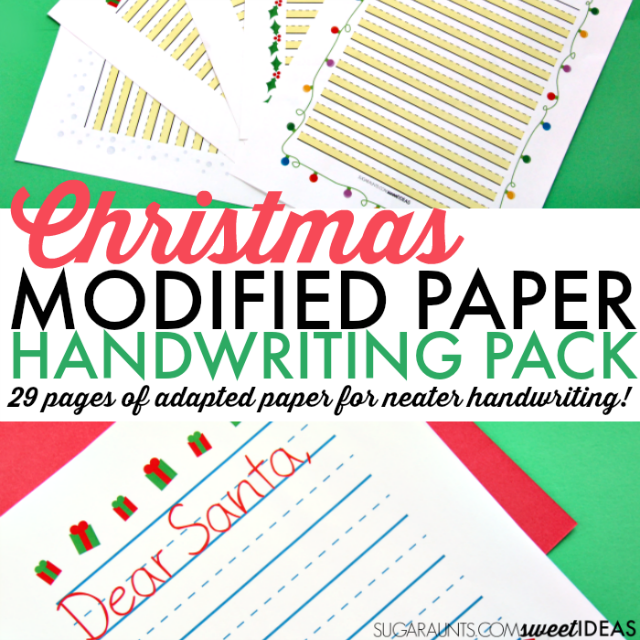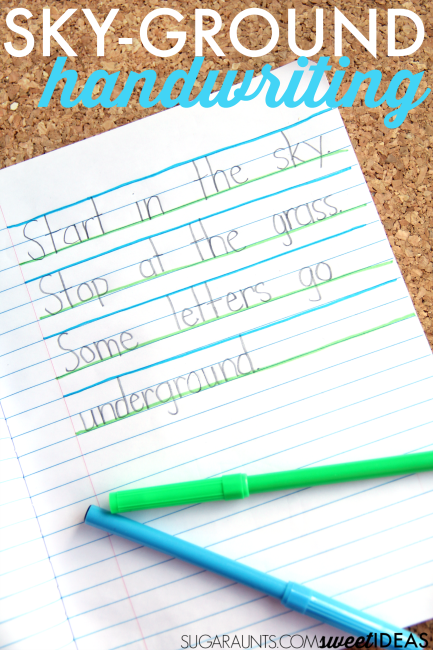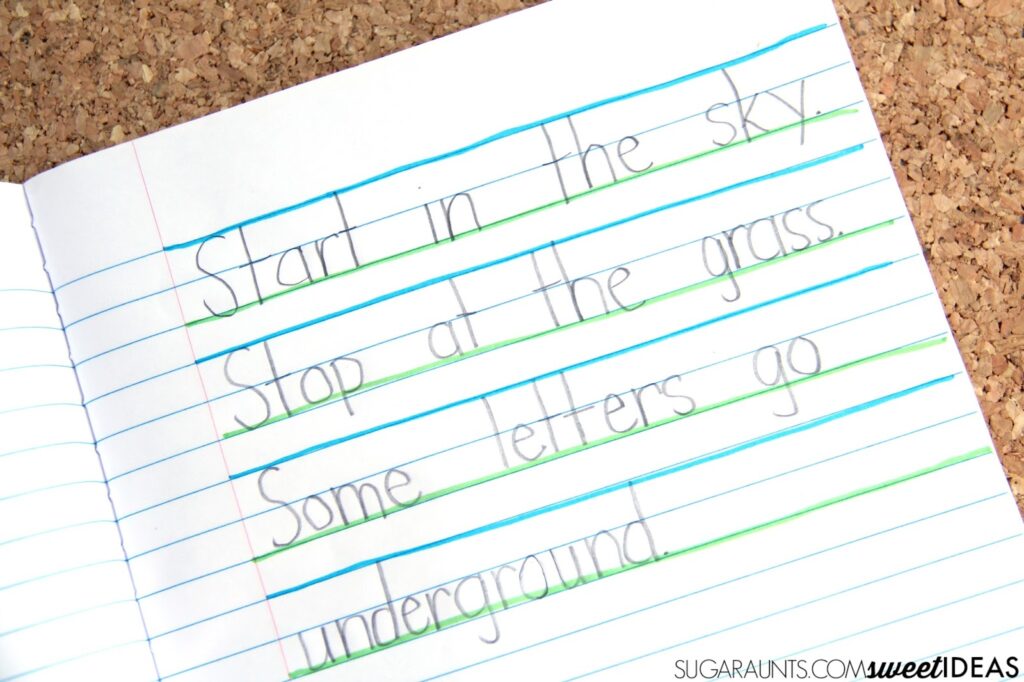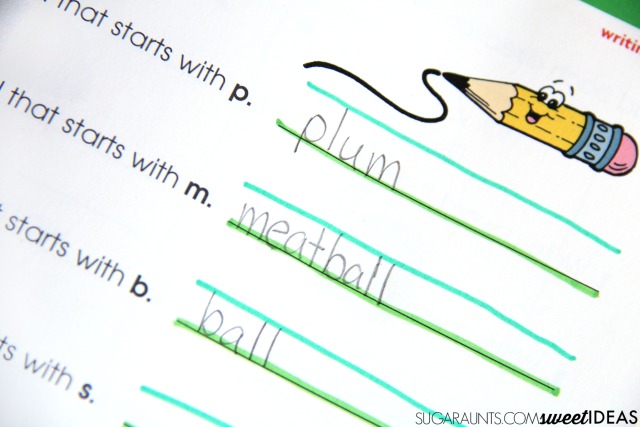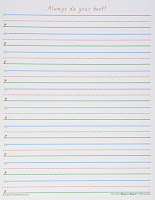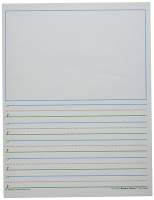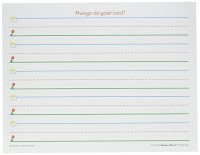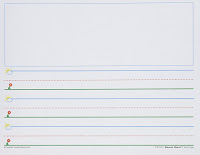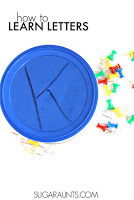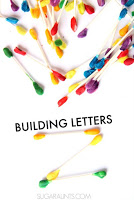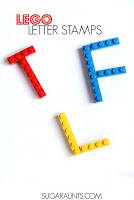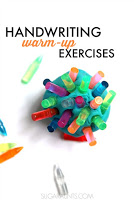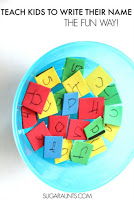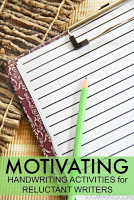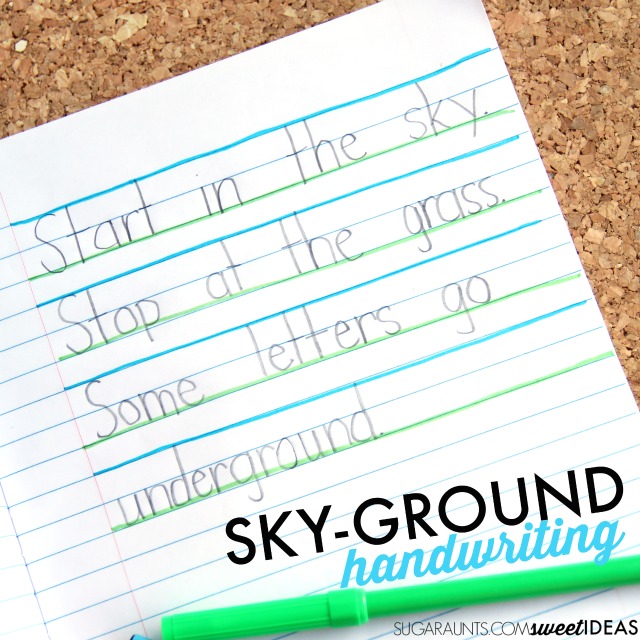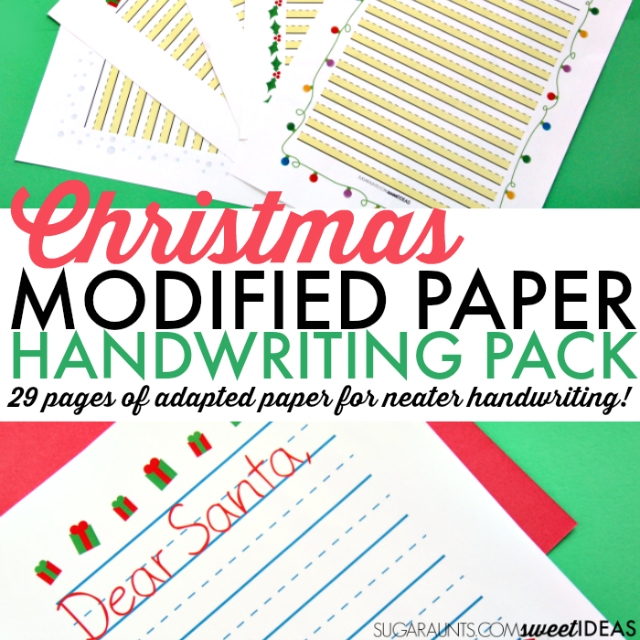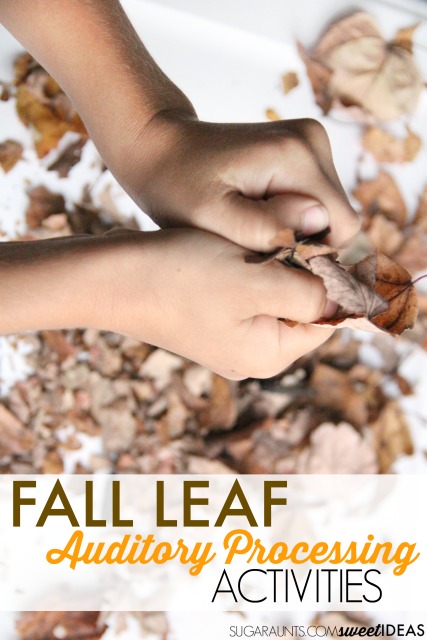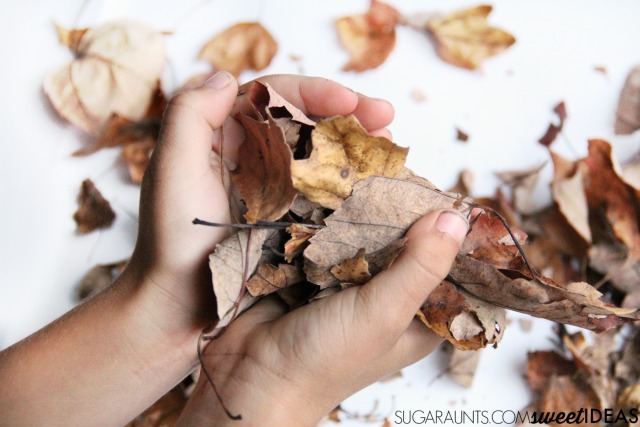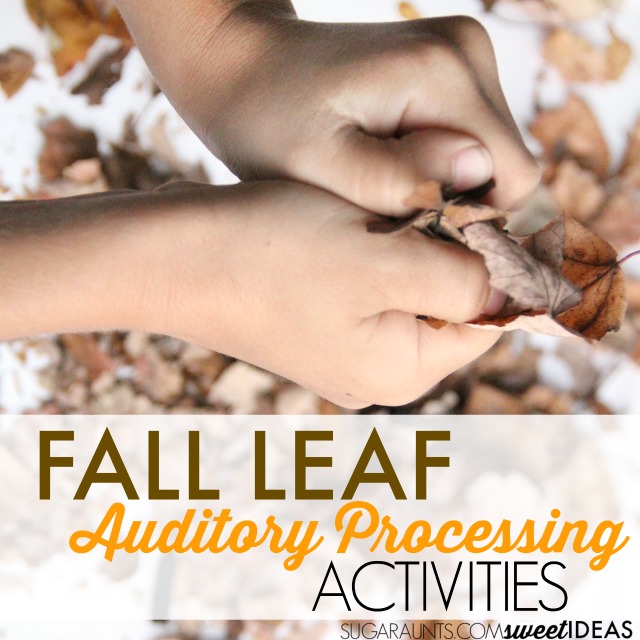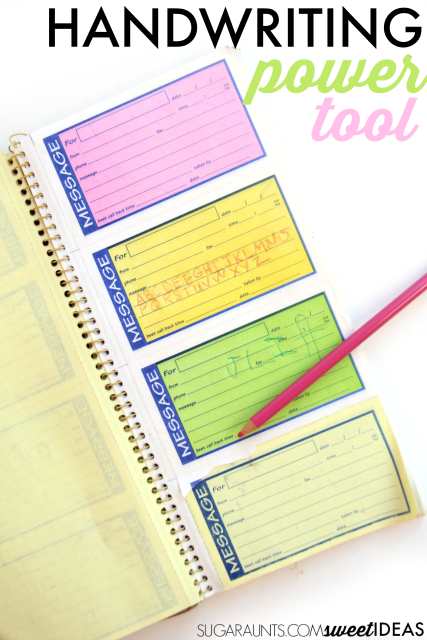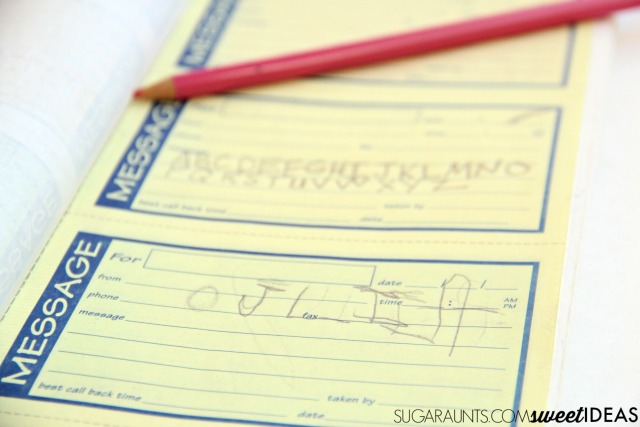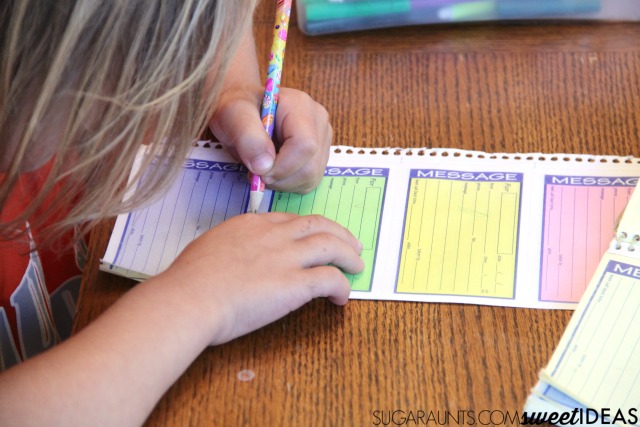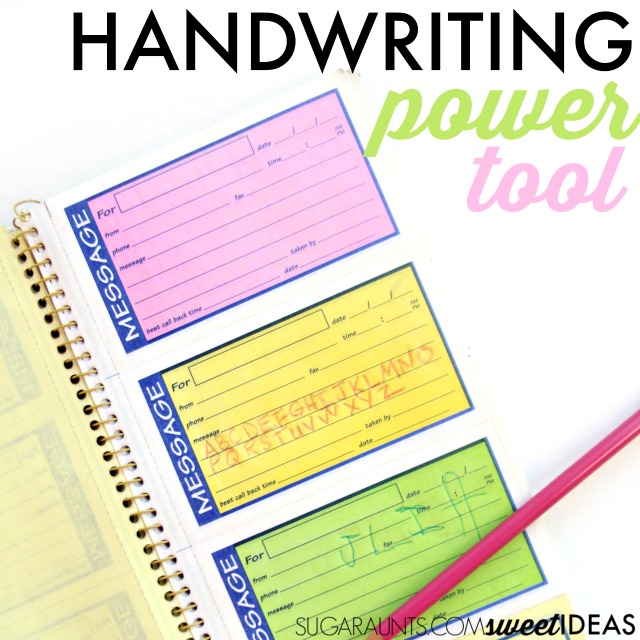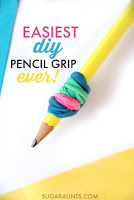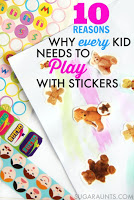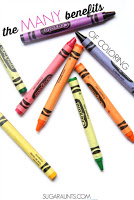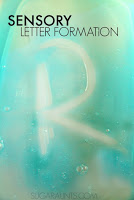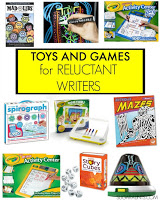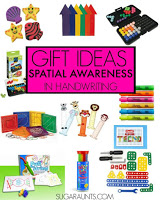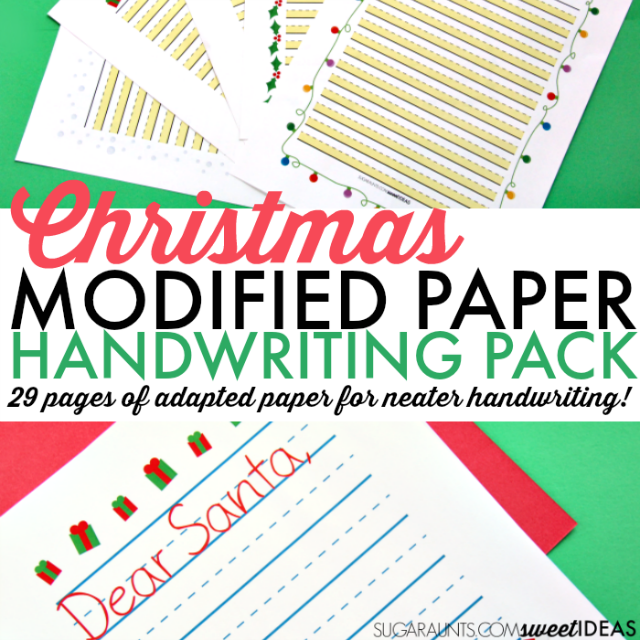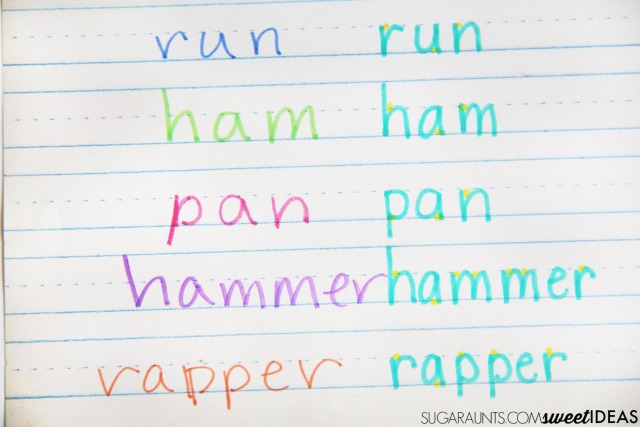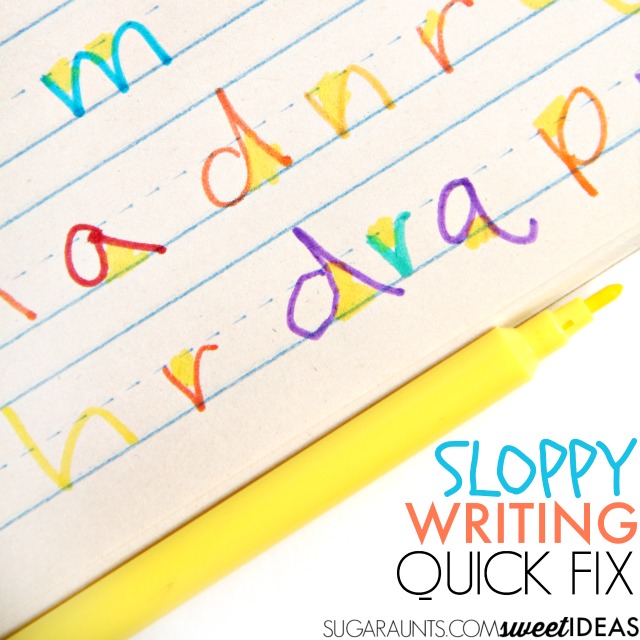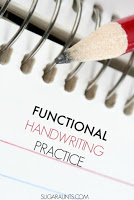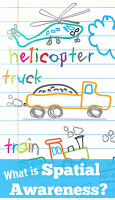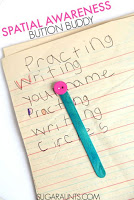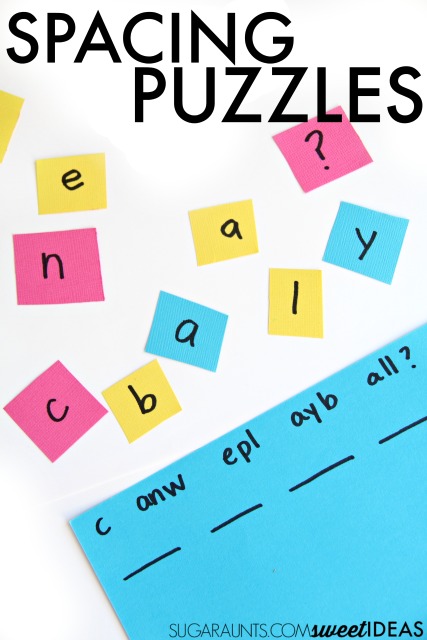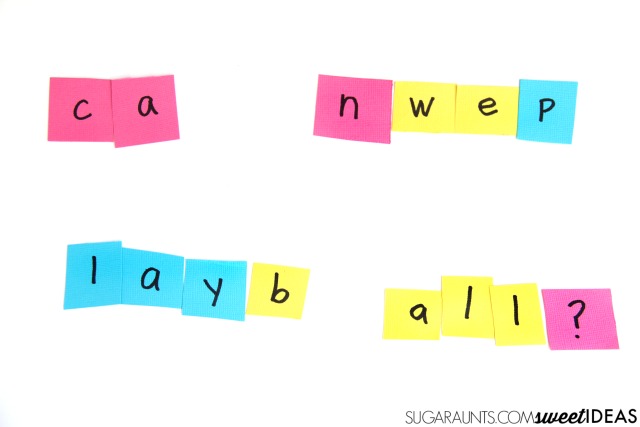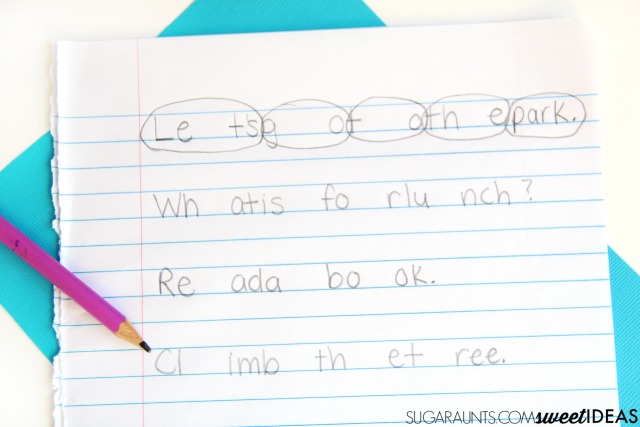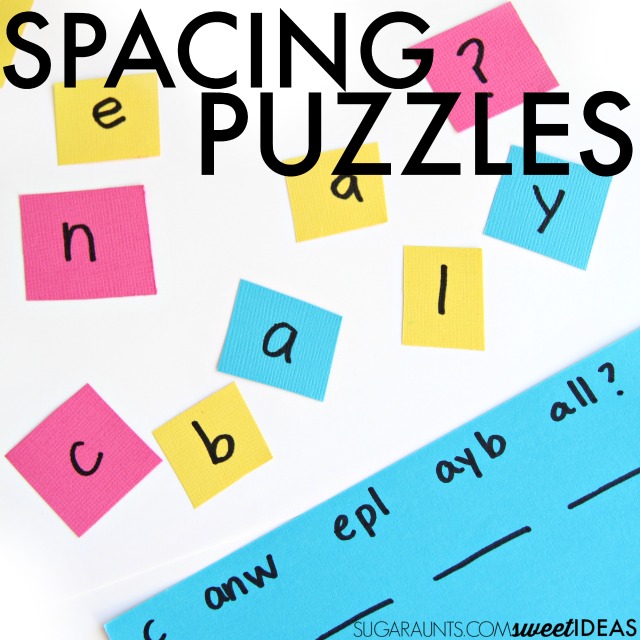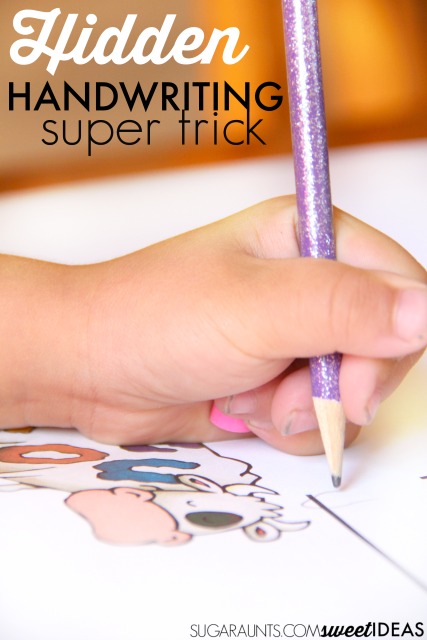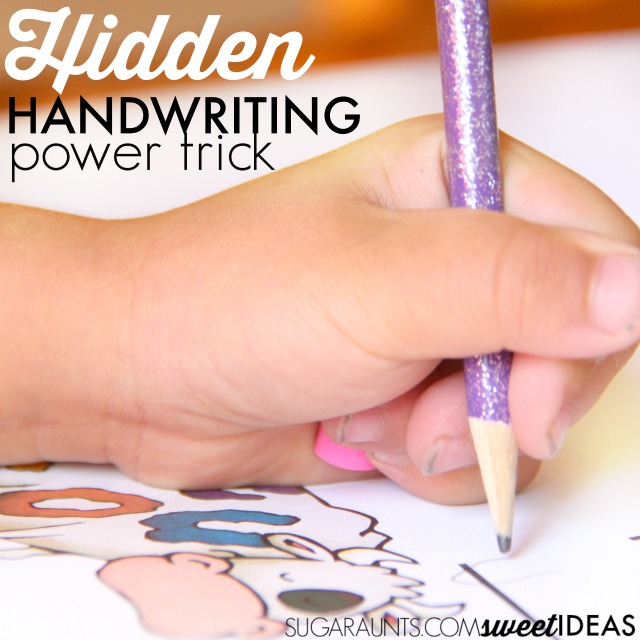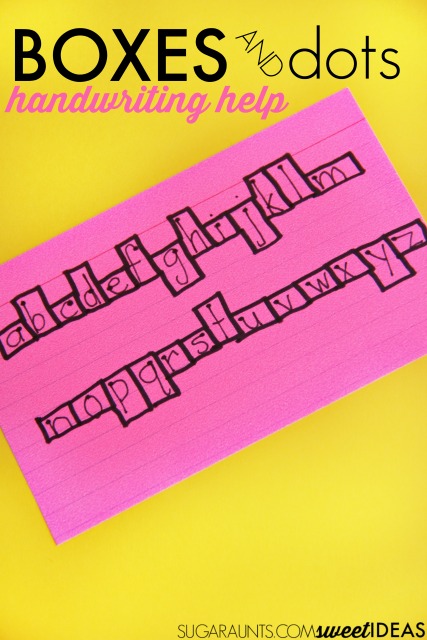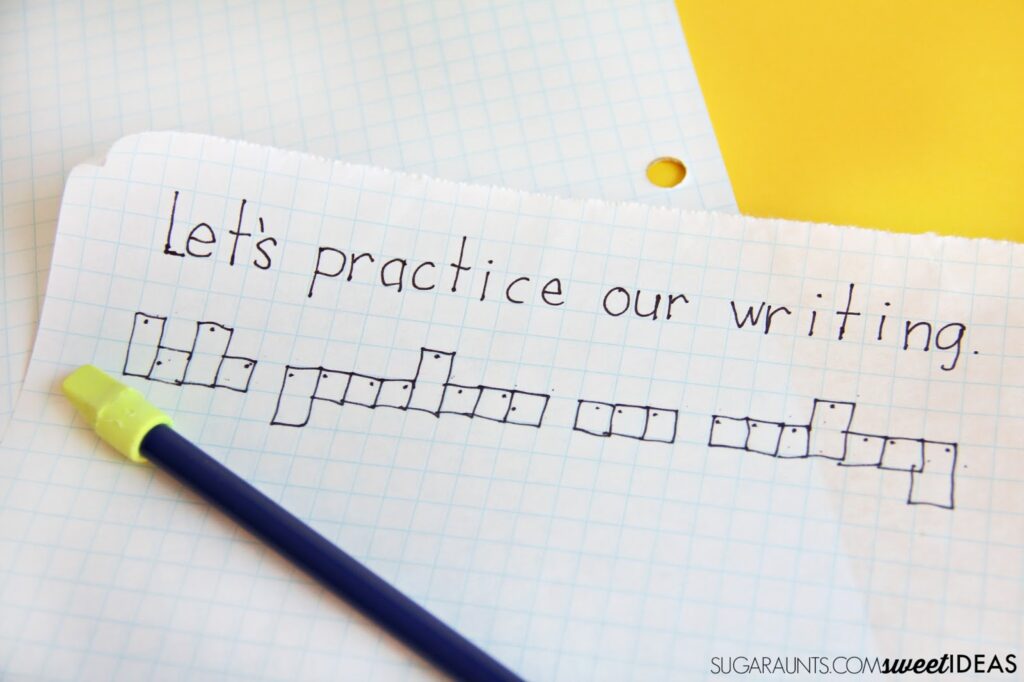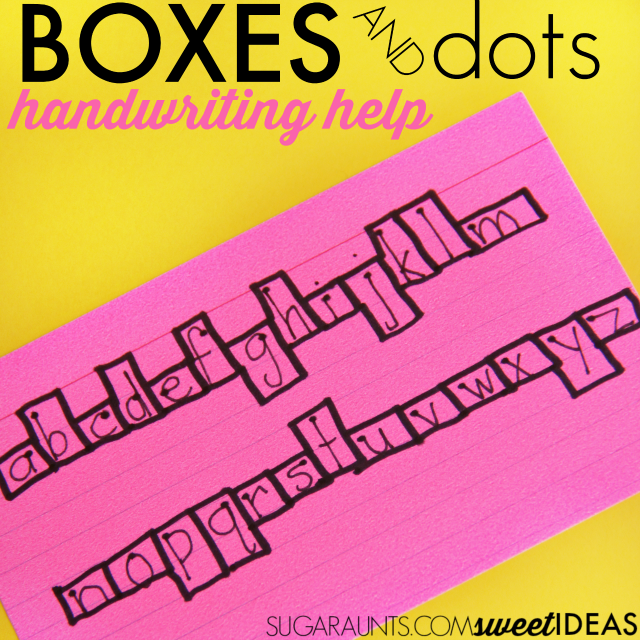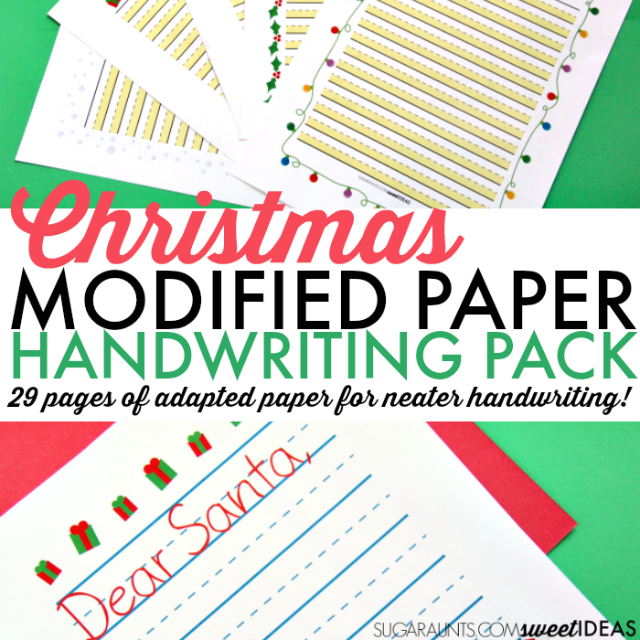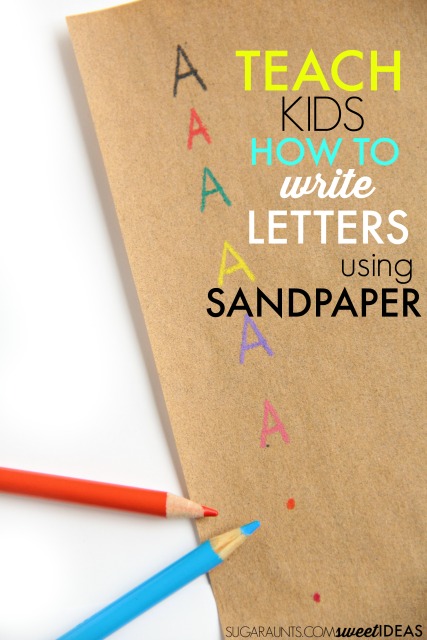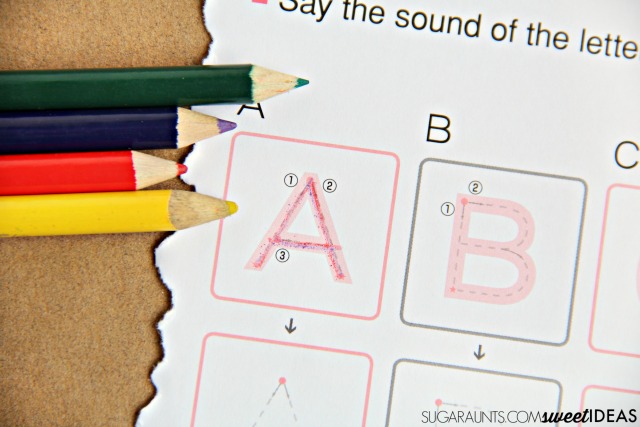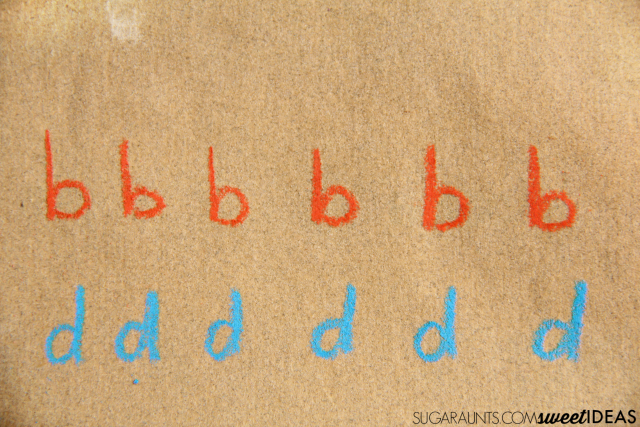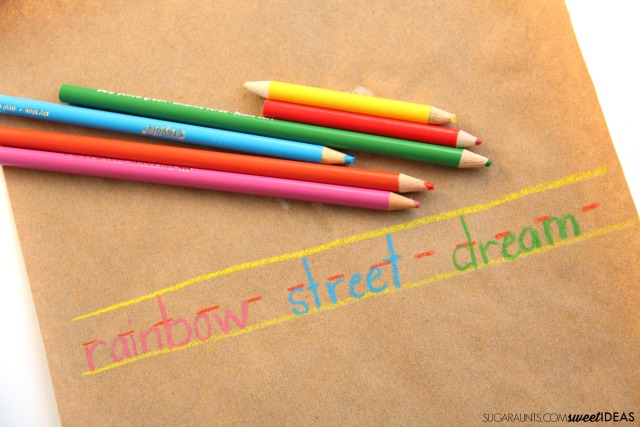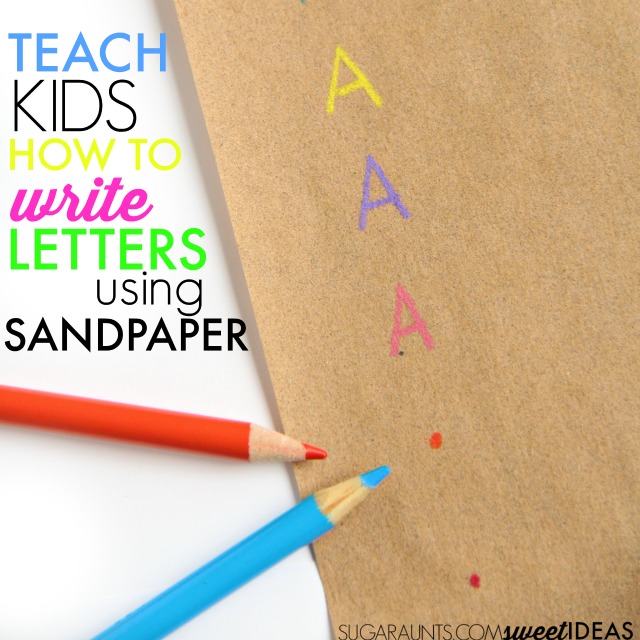A simple trick to teach kids how to write on the lines is
sometimes all that it takes to make hours of handwriting practice
“click”. This modified paper technique is a common way that is used
among Occupational Therapists to address line awareness, letter size, and
letter formation needs in kids.
Try using commercial sky/ground paper or
these ideas for DIY versions of the paper for a visual cue that may help kids
learn to write on the lines, form letters with appropriate size, and make
letters accurately in a way that helps with legibility and overall neatness.
Sky Ground Paper for Better Handwriting
This post contains affiliate links.
I am a huge advocate of using simple tricks to help kids improve
their handwriting. This post is part of our 30 day series on simple ideas for better handwriting. While I’m just a tad behind in my posting
schedule (don’t worry, I’ve got all 30 great ideas planned out for you!), I am
keeping the round up of easy handwriting tricks up to date.
Check out all of the easy handwriting tips here.
Be sure to join over 400 others in the Facebook group that I’ve
created for handwriting help. Jump in, ask questions, share your tips and
tricks and join the fun: Sweet Ideas for Handwriting Help
Now onto the paper!
Sky ground paper is a modified version writing paper that is
designed to add a visual component to kids’ written work. The color-coded
lines can help kids visualize the appropriate size of letters. Consider
the “tall” letters: b, d, f, h, k, l, t, and all of the upper case
letters start at the top line. However, occasionally, kids omit use of
that top line and either start the letter’s formation above the top line, or the
start the letter under the top line. Their handwriting results in written
work that appears inconsistent in difficult to read.
Taking the size awareness piece into consideration is an overall understanding of size both on paper and outside the body in the world around us. This
tall and short worksheet has a fine motor and visual motor component that can be incorporated into whole-body movement activities to teach these concepts that carryover into handwriting.
Varying size of
letter height is a big component in overall legibility. When letters are
formed too large for the available writing area, letters begin to grow in width
or are inconsistent in overall size. Space between words suffers as a
result of the child attempting to squeeze their written response into the
available space.
Likewise, letters that are supposed to meet the middle line or
have a “tail” that drops down below the baseline should be
appropriately placed on the line. When a child seems to have visual
perceptual difficulties or difficulty with visual motor integration, letter
placement or pencil control may suffer.
Beyond letter size, another indication for the need to add a
visual component to paper with the sky-ground paper is poor letter formation. Some children form letters in parts. They make a “d” by
drawing a circle and a line. Other times, kids form letters quickly and in
a flowing manner while writing. For example, when writing the word
“car”, the child may make the letter “a” and then quickly
draw a curved candy cane shape for the letter “r” by starting at the
bottom line after forming the letter a with a downward line.
Using sky-ground paper can help kids to form letters
appropriately, with top-to-bottom formation. Using visual and verbal cues
of the colored lines and even pictures on the lined paper can address these
needs.
Related Read: Try these handwriting accommodation strategies to address a variety of handwriting challenges.
Visual perception Needs and Modified Paper
Visual perceptual needs in kids are often times visualized when a
child attempts to write. You may see
difficulties with line awareness, spatial awareness, or size awareness. This is because the visual perceptual skills are needed to place letters on the lines and play an important part of line awareness, size awareness, letter formation, and copying skills.
Visual motor integration skills and modified paper
When kids attempt to place letters on the lines, a difficulty with
eye-hand coordination may be observed. Coordinated use of the pencil to place letters where they want them can
be difficult when they are lacking in visual motor integration abilities.
Use Sky Ground Paper to Help with Handwriting
By seeing the blue line for the sky and the green line for the
ground, kids can see and understand the size differences in letters. Tall letters that reach the top lines are the
ones that start at the sky or the blue line.
The small letters (a, c, o, r, etc) are letters that reach the middle
line but should not go up into the sky.
And tail letters (j, g, p, etc) have a tail that goes down under the
ground.
What a visual for the child that can now “see” how letters should
be placed on lines!
When helping kids use this paper, add verbal prompts such as:
“Start the tall letters in the sky.”
“Short letters start in the middle but they don’t go underground.”
“Make your “G” by starting in the sky and curving around to the
ground. Add a line in the middle.”
“Tail letters hang down underground.”
“Make your “t” start in the sky and pull down to the ground.’
This technique is great for the visual learner!
While there are several versions of this paper available online, you can easily make your own version for quick intervention. Use a thin blue marker and thin green marker to quickly add lines to paper.
Add sky and ground lines to workbooks, too. This is a great way to use the modification for kids who are writing with a single rule size.
House Handwriting Method
Another trick that builds on this method is the concept of a
house. For kids who are older or those
that don’t want marker lines or special paper to be used, try this house method
of writing.
**Children can become very aware of how their paper looks
different that their desk neighbor.
Differences can be stressful for these kiddos that are already struggling
to write legibly due to underlying needs.
A lesser modification is great once they have shown success with adaptations
such as sky ground paper or DIY paper cues.
The House Method for spatial organization and letter formation
In this method of handwriting, draw a house shape on one margin of the paper. The tall letters go into the attic, the small letters are in the first floor, and the tail letters go into the basement. This is a very simple DIY to create by simply drawing one house on the left hand margin of the lined paper.
Line awareness and letter formation difficulties with older kids
Children who are beyond the age-appropriate level of double lined paper can still use both of these line awareness and letter formation techniques. Just modify single lined paper with either the marker lines or a simple house shape.
Looking for more letter formation handwriting ideas?
Get 29 pages of modified paper with a Christmas Theme for legible and neat Letters to Santa, Christmas Wish Lists, Thank You Notes, Holiday Lists, and MORE!
